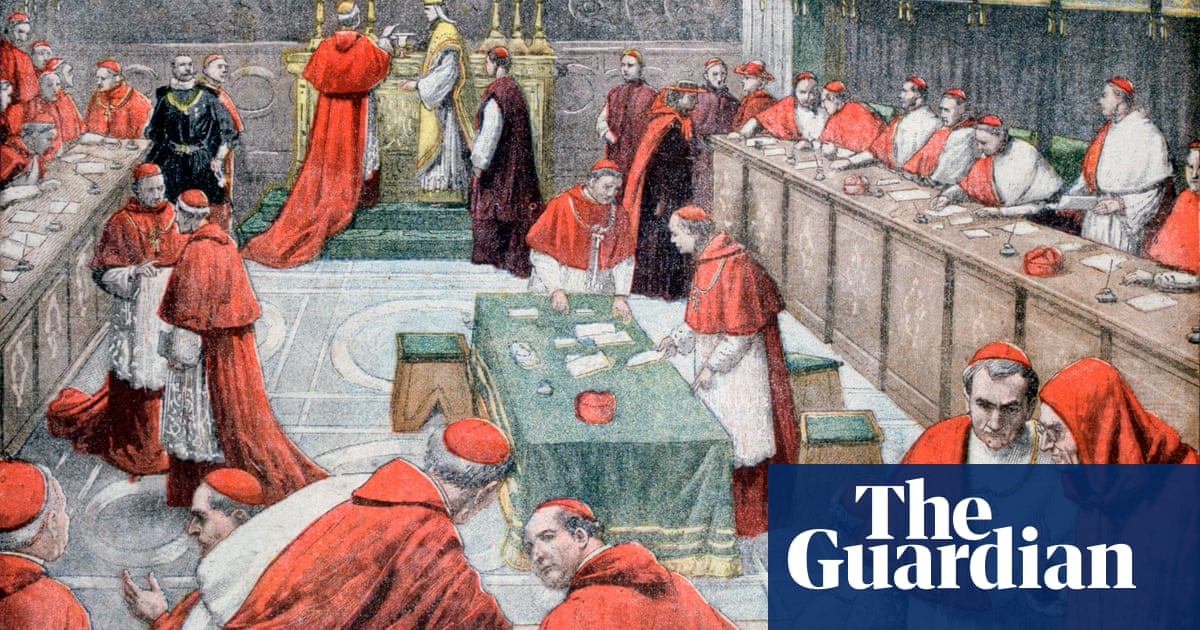
"The secrecy surrounding conclaves today is reflected in the measures taken to secure the Sistine Chapel, making the papal election process highly controlled and enigmatic."
"Historically, prior conclaves were much more public, as revealed by writings from cardinals and attendants that chronicled their deliberations and struggles."
"The conclave of 1268-71 witnessed the longest papal election in history, significantly affected by internal conflicts among cardinals and resulting in the deaths of some before a decision was reached."
"The election of Pope Fabian in 236 was marked by a miraculous omenâa dove landing on his head, which the cardinals interpreted as divine approval for his election."
The article explores the evolution of papal conclaves, contrasting modern-day secrecy with historical transparency. Today, cardinal-electors and supporting staff must uphold oaths of confidentiality, and physical security enhancements ensure privacy during deliberations. Past conclaves, however, were often documented in letters and diaries, revealing internal conflicts and chaotic conditions that influenced outcomes, such as the prolonged conclave of 1268-71. Key figures like Pope Fabian were influenced by divine signs, showcasing the blend of the spiritual and political in the election process.
Read at www.theguardian.com
Unable to calculate read time
Collection
[
|
...
]